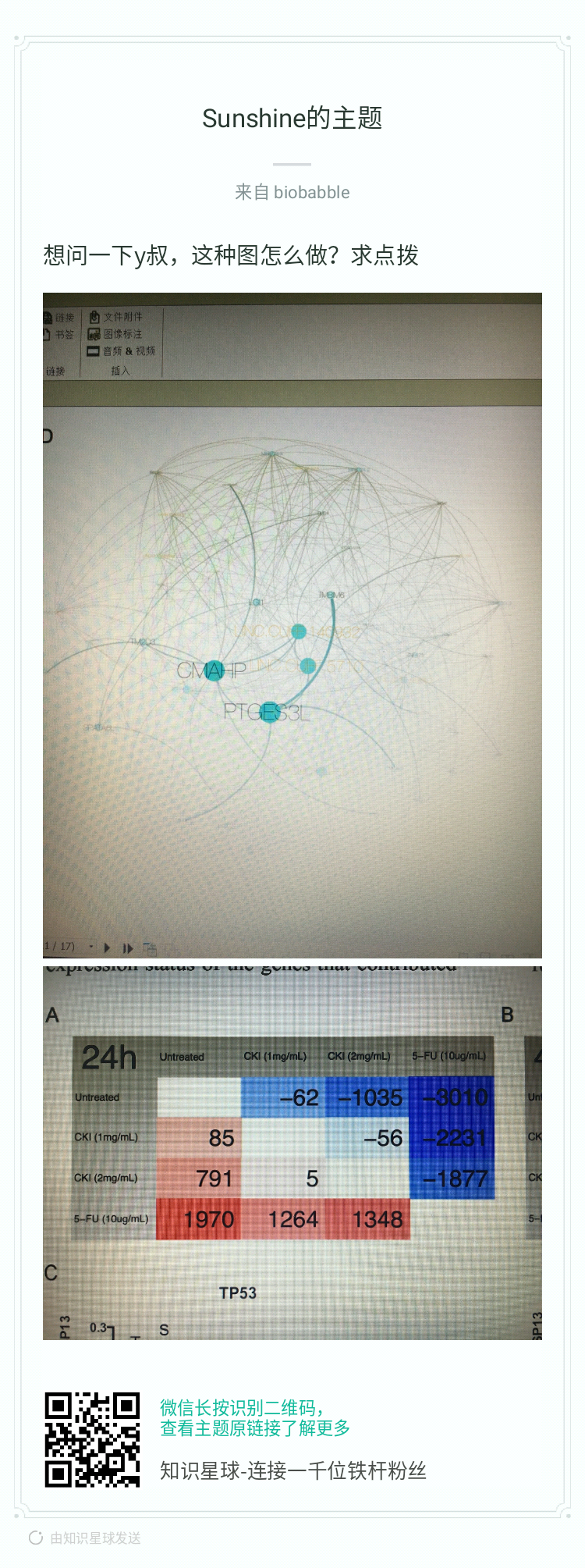使用barplot来展示富集分析结果是很常用的,而dotplot比较barplot来说,多了一个点大小的信息,可以比barplot展示多一个信息,所以是比较推荐的,我之前已经写了《dotplot展示富集分析结果》和《dotplot for GSEA》两篇文章,dotplot虽然简单,很多人会觉得会容易用ggplot2画出来,但其实有些细节,比如《为什么画出来的点比指定的数目要多?》,有些技巧,比如《搞大你的点,让我们画真正的气泡图》,是很多新手所不具备的,图虽然简单,但老司机的飚车技能也不可小看哦,所以我在《听说你也在画dotplot,但是我不服!》的文后就说了一句话:
clusterProfiler之所以好,因为真的考虑了很多细节!请放开那图,让clusterProfiler来画!
《听说你有RNAseq数据却不知道怎么跑GSEA》一文有小伙伴问封面的gseaplot能否换颜色,于是我就随手支持了。
Dear GuangChuangyu,
I’m trying to use the clusterProfiler package for GSE analysis on DGE data obtained from RNAseq. While I can run enrichKEGG, I’m unable to run gseKEGG basically because I don’t know how to obtain an order ranked gene list.
I work on R. I have a dataframe or matrix with gene names, log2 fold change values, pvalues and adjusted pvalues among others.
How can I get the order ranked gene list to feed in gseKEGG?
Moreover what is the more reliable way to obtain functional insight about each sample? enrichKEGG or gseKEGG?
Thank you in advance for your help.
best regards
bruno saubaméa
今天收到一封来自Université Paris Descartes的求助信,这个问题我被问过好多次了,显然很多新手都有这问题,根本不知道该怎么跑GSEA,搞不清GSEA的输入是什么。
发现Youtube上有一个视频叫Evolution of clusterProfiler, 是Landon Wilkins用Gource做的。于是我也来玩一下,看一下自己这几年码代码的过程。


